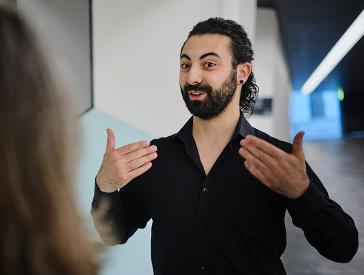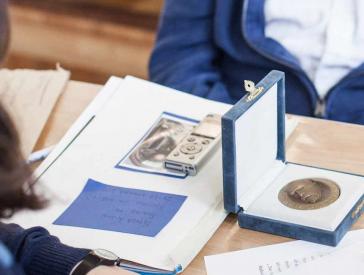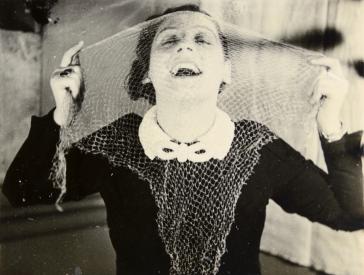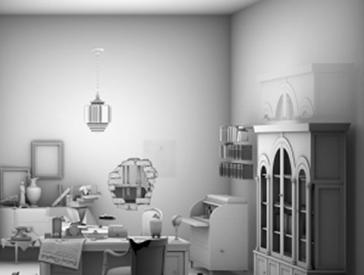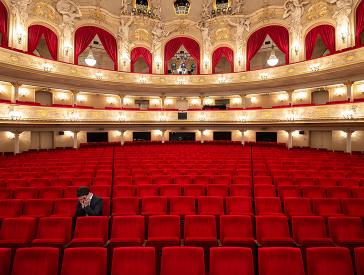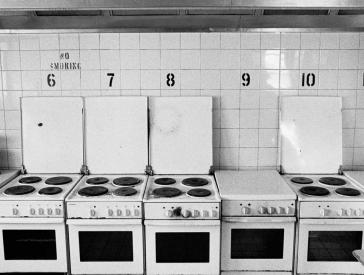Photographic Collection

Cooking class at the Theodor Herzl School at Kaiserdamm 78, Berlin. Photograph by Herbert Sonnenfeld, 1935. Purchased with funds provided by Stiftung DKLB
Our photographic collection includes art photography, historical press images, and family photos, as well as photographs documenting the objects in our collections, our exhibitions and events, and our architecture. The photography collection currently comprises about 30,000 items. These largely date back to the mid- to late nineteenth and early to mid-twentieth centuries. Most were taken in Germany and the countries to which German Jews emigrated.
Photographs’ Subjects and Contexts
Many of the images depict Jewish sporting activities, Jewish student associations, economic history, schools and other Jewish institutions, Hakhsharah camps in preparation for settling in Palestine, displaced persons camps, synagogues, the German-Jewish bourgeoisie in the German Empire and the Weimar Republic, the First World War, persecution and emigration, life in exile, and the new start in Germany after 1945.
Forming the largest group of images are the more than 10,000 photographs from family collections, which are closely tied to the holdings of the Archive and the museum’s other collections.
Notable Subcollections
Some of our most extensive and significant subcollections are those containing the work of Herbert Sonnenfeld, Ruth Jacobi, and Roman Vishniac.
The Sonnenfeld Collection encompasses around 3,000 photographs of Jewish social and community institutions and cultural and sporting events taken between 1933 and 1938 by press photographer Herbert Sonnenfeld.
Another impressive subcollection is comprised by the more than 500 passport photos of Jewish forced laborers at the Ehrich & Graetz electrical firm – one of hundreds of companies in Berlin for which Jews were forced to work between 1939 and 1945.
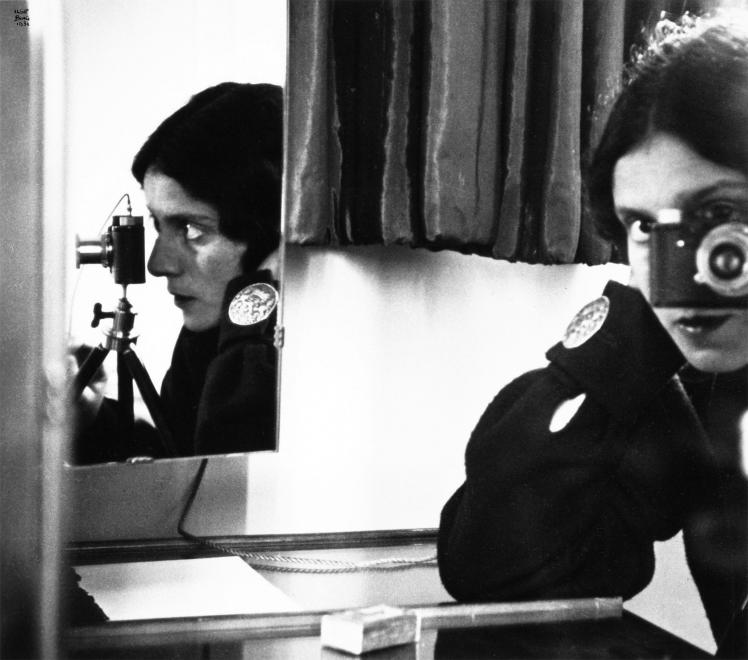
Self-Portrait with Leica, photograph by Ilse Bing, 1989 print of the 1931 original; estate of Ilse Bing. A blog post by Theresia Ziehe reflects on Ilse “Leica Queen” Bing.
In addition, our museum preserves smaller collections of well-known photographers from the 1920s and 1930s, among them Lotte Jacobi, El Lissitzky, and Ilse Bing.
Jewish life in Germany since 1945
A special focus within the photographic collection is the documentation of German-Jewish history since 1945. Photographs of religious and social life in the Jewish communities and of public events that shed light on German-Jewish relations are of particular interest to the museum.
To this end we have carried out photo projects of our own.
For the 14th European Maccabi Games, held in Berlin in the summer of 2015, we coordinated a series of interviews and portraits of Jewish athletes.
Back in 2011, we interviewed and took portrait photographs of representatives of the Jewish Community of Berlin and assembled photographic documentation of Jewish community life in Germany.
Our collection also features Leonard Freed’s 52-photo series Deutsche Juden heute (German Jews Today), which documents Jewish life in Germany in the early 1960s. Also, some 162 photographs by Michael Kerstgens from the years 1992 to 2012 provide a thorough account of Jews’ migration from the former Soviet Union to Germany.
Contact
Theresia Ziehe
Curator of Photography
T +49 (0)30 259 93 561
F +49 (0)30 259 93 409
t.ziehe@jmberlin.de
Jewish Museum Berlin
Lindenstraße 9–14
10969 Berlin
Selected Objects: Photographic Collection (6)
How can I conduct research using the museum’s archive, collections, and library?
Our Reading Room is open to the public. You can also research using our library’s holdings and some of our collection’s holdings online. To view additional holdings, please contact the responsible curators.
How can I donate objects, photographs, and documents to the museum?
If you would like to support the Jewish Museum Berlin and believe you possess materials that may be of interest to us, contact us!
I would like to depict or borrow an object from your collections. Who should I contact?
Your contacts for photo permissions are Valeska Wolfgram and Birgit Maurer-Porat (T +49 (0)30 259 93 433, email: fotodoku@jmberlin.de). Loan requests must be made at least six months in advance. For questions regarding administrative processes, please contact Katrin Strube (T +49 (0)30 259 93 417, email: k.strube@jmberlin.de).

